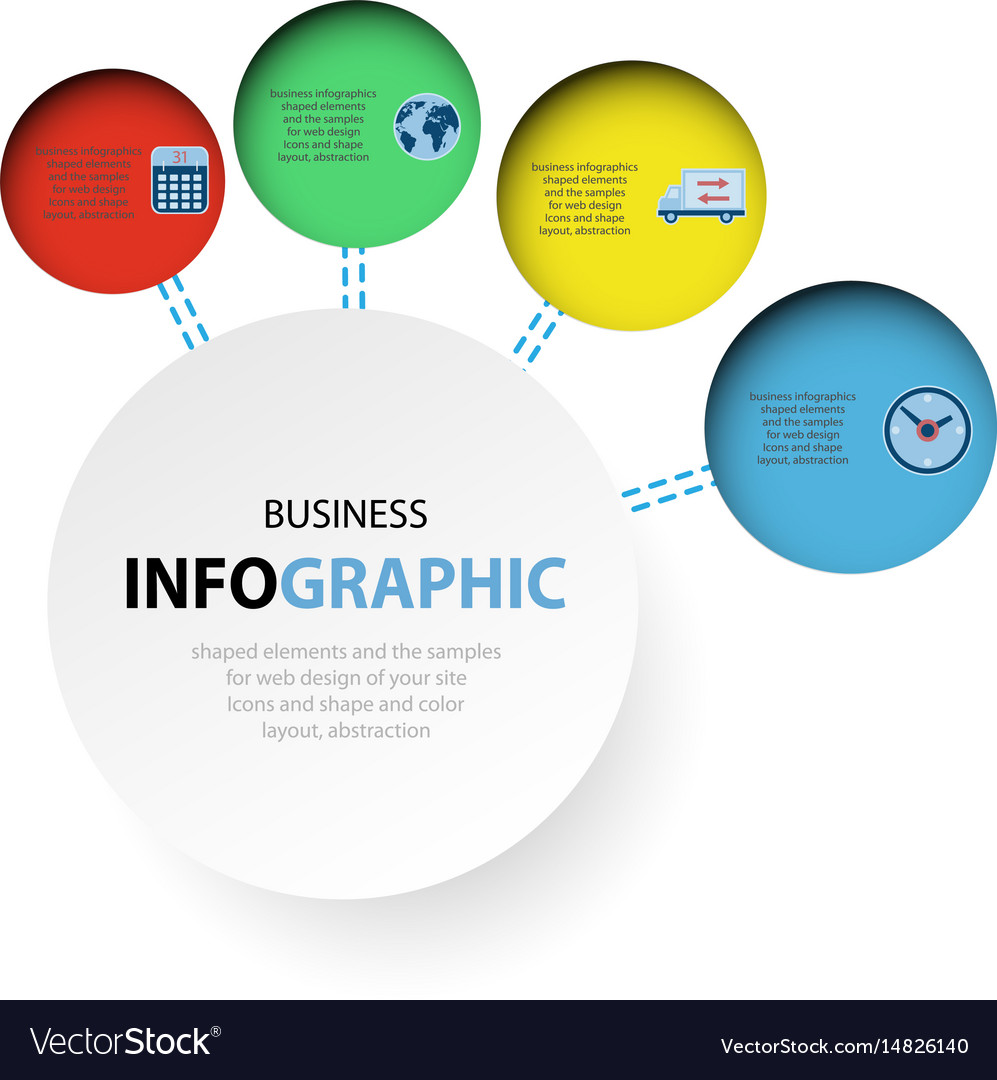Annoyed With Slow-Moving Packing Times And Complicated Navigating? Discover Exactly How Receptive Style And Optimized Page Speed Can Boost Your Internet Site'S User Experience
Annoyed With Slow-Moving Packing Times And Complicated Navigating? Discover Exactly How Receptive Style And Optimized Page Speed Can Boost Your Internet Site'S User Experience
Blog Article
Team Author-Steele Sahin
Have you ever before visited a website that took for life to load, had a confusing navigating system, or really did not display properly on your smart phone? Opportunities are, you swiftly abandoned that site and proceeded to one that offered a much better customer experience.
In today's competitive on the internet landscape, it's vital for organizations to focus on web design that enhances customer experience in order to drive far better conversions. In this discussion, we will discover the significance of responsive style, the utilization of user-friendly navigating, and the optimization of page lots speed to develop a seamless and engaging user trip.
Remain tuned to uncover how these elements can considerably impact your site's success.
Relevance of Responsive Style
Receptive style is crucial in today's electronic landscape for creating sites that adapt effortlessly to various display sizes and gadgets. When your web site is receptive, it automatically changes its format and web content to fit any type of tool, whether it's a mobile phone, tablet, or computer. This is critical since a growing number of people are accessing the internet via their smart phones.
If your web site isn't responsive, it can cause a poor user experience. Users might need to pinch and zoom to review web content, switches might be as well small to click on, and pictures might not be maximized for smaller displays. This can discourage users and cause high bounce rates and reduced conversions.
Making Use Of Intuitive Navigation
When designing a responsive web site, it is very important to concentrate on using instinctive navigation for an enhanced customer experience.
Instinctive navigating describes organizing your web site's food selection and navigation elements in a rational and user-friendly means. By doing so, you make it simpler for visitors to discover what they're searching for and browse via your site effortlessly.
User-friendly navigating helps reduce complication and frustration, eventually bring about much better user involvement and enhanced conversions.
To accomplish user-friendly navigating, consider utilizing clear and detailed tags for your food selection things, executing a consistent layout across all pages, and including search functionality for fast accessibility to details material. Additionally, it's vital to prioritize important web pages and info, guaranteeing they're prominently shown and conveniently accessible.
Optimizing Web Page Lots Speed
To boost individual experience, it's vital to enhance the page lots rate of your site. Slow-moving packing times can annoy customers and cause greater bounce prices.
Thankfully, there are a number of strategies you can carry out to improve your website's load rate. First of all, consider decreasing the dimension of your photos by compressing them without jeopardizing high quality.
Furthermore, enhance your code by lowering unnecessary scripts and CSS data. One more efficient method is to leverage internet browser caching, which permits certain elements of your website to be stored locally, minimizing lots times for returning visitors.
In addition, consider making use of a material shipment network (CDN) to disperse your site's documents across multiple servers, boosting tons rate for individuals in different geographical places.
https://wordpressseoservices06173.bloggerswise.com/37034131/on-page-search-engine-optimization-techniques-maximize-your-internet-site-s-components-for-better-rankings
In conclusion, by using receptive design, user-friendly navigation, and optimizing web page lots rate, website design can substantially improve user experience and drive better conversions.
With an user-friendly user interface, easy navigating, and quick loading times, websites can catch and retain the focus of customers, leading to enhanced engagement and higher conversion rates.
So, website seo marketing postpone in applying these website design strategies to make sure a smooth and successful customer experience!
